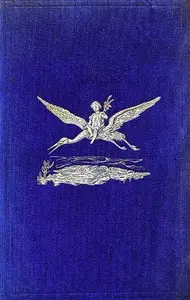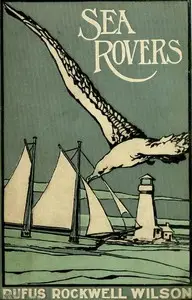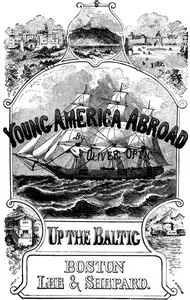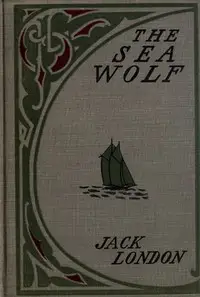"On the Seaboard: A Novel of the Baltic Islands" by August Strindberg is a tale set in the late 1800s that plunges into the lives of men battling the unforgiving Baltic Sea. The narrative begins in a precarious fishing boat near the Baltic Islands, highlighting the relationships between the Custom House Surveyor, a dominant figure, and the anxious Fish Commissioner. Their interactions unveil themes of power, skill, and leadership amid a harsh maritime setting. The novel opens with a tense battle against rising winds at Goosestone bay, where the surveyor leads the boat, clashing with the hesitant Fish Commissioner. These conflicting personalities create instant conflict as they navigate the escalating dangers. This scene establishes the scene for probing human connections against unforgiving nature, where the characters confront their weaknesses, shifting power dynamics, and hinting at the trials ahead.

On the Seaboard: A Novel of the Baltic Islands
By August Strindberg
Amidst a violent sea, two men clash over authority and survival, revealing the fragile nature of power when faced with the raw force of nature.
Summary
About the AuthorJohan August Strindberg was a Swedish playwright, novelist, poet, essayist, and painter. A prolific writer who often drew directly on his personal experience, Strindberg wrote more than 60 plays and more than 30 works of fiction, autobiography, history, cultural analysis, and politics during his career, which spanned four decades. A bold experimenter and iconoclast throughout his life, he explored a wide range of dramatic methods and purposes, from naturalistic tragedy, monodrama, and historical plays to his anticipations of expressionist and surrealist dramatic techniques. From his earliest work, Strindberg developed innovative forms of dramatic action, language, and visual composition. He is considered the "father" of modern Swedish literature and his The Red Room (1879) has frequently been described as the first modern Swedish novel. In Sweden, Strindberg is known as an essayist, painter, poet, and especially novelist and playwright, but in other countries he is known mostly as a playwright.
Johan August Strindberg was a Swedish playwright, novelist, poet, essayist, and painter. A prolific writer who often drew directly on his personal experience, Strindberg wrote more than 60 plays and more than 30 works of fiction, autobiography, history, cultural analysis, and politics during his career, which spanned four decades. A bold experimenter and iconoclast throughout his life, he explored a wide range of dramatic methods and purposes, from naturalistic tragedy, monodrama, and historical plays to his anticipations of expressionist and surrealist dramatic techniques. From his earliest work, Strindberg developed innovative forms of dramatic action, language, and visual composition. He is considered the "father" of modern Swedish literature and his The Red Room (1879) has frequently been described as the first modern Swedish novel. In Sweden, Strindberg is known as an essayist, painter, poet, and especially novelist and playwright, but in other countries he is known mostly as a playwright.



















